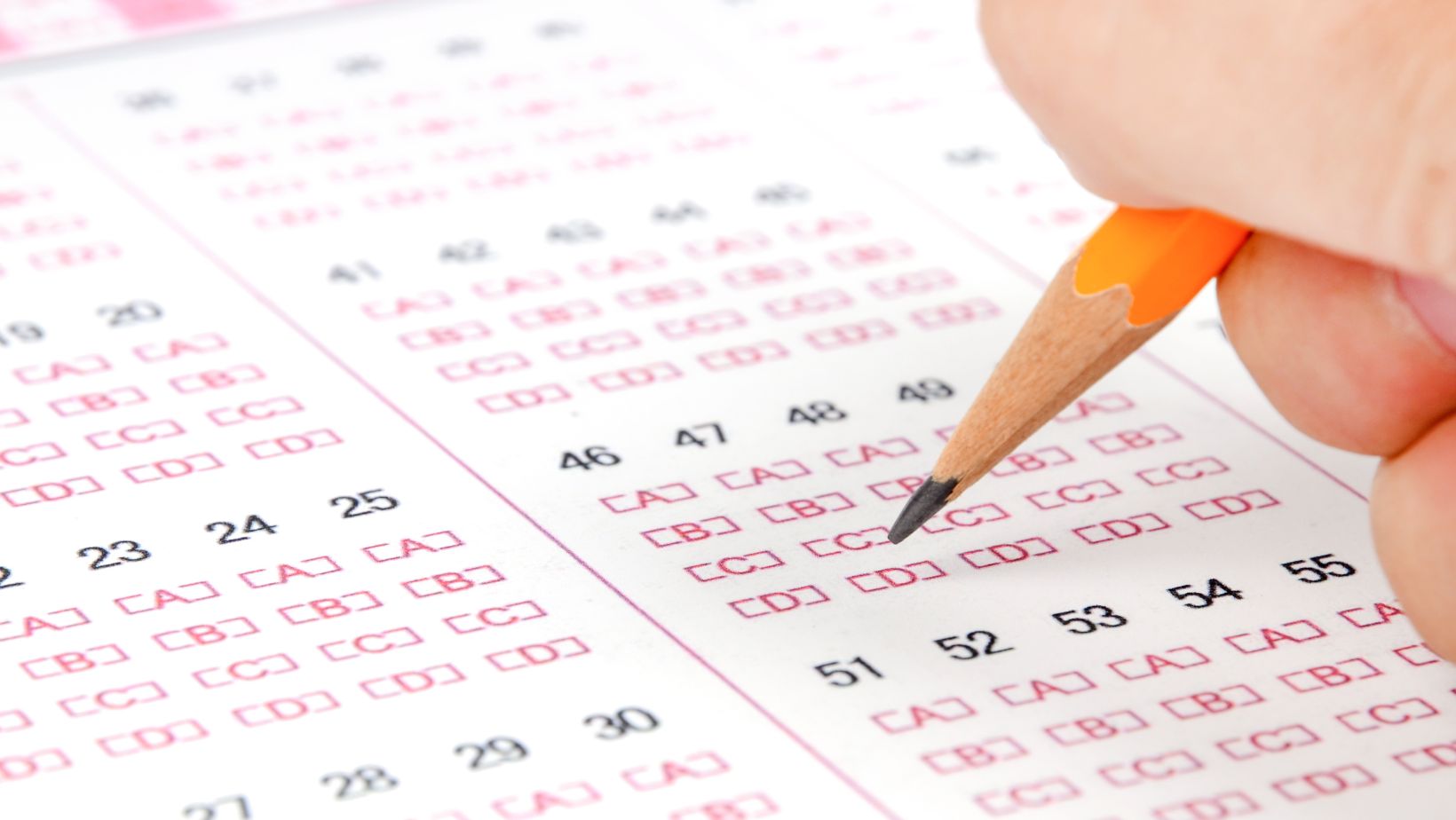Let’s dive right in, shall we? The Comprehensive Osteopathic Medical Self-Assessment Examination, more commonly known as COMSAE 106, is a crucial milestone for any aspiring osteopathic physician. It’s designed to evaluate and prepare you for the COMLEX-USA Level 1 exam and is an invaluable tool in gauging your readiness.
Throughout my journey with the COMSAE 106, I’ve found that it not only tests your knowledge but also challenges your test-taking skills. It’s a comprehensive assessment that spans across various domains of osteopathic medicine – from anatomical sciences to behavioral health.
COMSAE 106 doesn’t just assess what you know; it examines how well you can apply this knowledge in clinical scenarios. This ensures that when you step into the real world as a doctor, you’re prepared for whatever comes your way. So buckle up and get ready to delve deep into the world of osteopathic medicine with me!
COMSAE 106
Diving right into the heart of our topic, let’s explore what COMSAE 106 really is.
Understanding the Purpose of COMSAE 106
COMSAE 106 isn’t just your average exam; it’s a formative self-assessment tool that helps osteopathic medical students assess their progress as they prepare for the COMLEX-USA Level 1 examination. I can’t stress enough how invaluable this tool is: it gives students a real-time snapshot of their knowledge and skills, pointing out areas where they might need to buckle down or change up their study tactics.
Moreover, taking COMSAE tests like 106 often mirrors the experience of sitting for the actual licensure exams. So, not only do you get to gauge your academic progress but also get a feel for what the real deal will be like. It’s like having an insider guide on how to navigate one of your most important milestones in medical school!
How COMSAE 106 Differs from Other COMSAE Exams
Now that we understand why I’m such a big fan of COMSAE 106 let’s take a moment to distinguish it from other similar exams.
While all versions aim to provide comprehensive assessments, each version – including our star player today, COMSAE Phase One Level-One Examination Version – focuses on different aspects:
- For instance, COMASE Phase Two Level-Two concentrates more on patient presentations and physician tasks.
- In contrast, something like COMASE Phase Three Level-Two emphasizes clinical problem-solving abilities in various healthcare settings.
But when it comes to COMASE Phase One, which includes our dear friend ‘106’, its main focus lies in applying foundational biomedical sciences knowledge relevant to health and disease management during patients’ lifespan.
So there you have it! We’ve unraveled some key insights about what makes COMASE 106 what it is. Whether you’re a medical student gearing up for your COMLEX-USA Level 1 examination or just someone who’s curious about the world of osteopathic medicine, I hope this piece shed some light on the matter. Stay tuned as we delve deeper into more fascinating topics in the world of medical education!

How to Prepare for COMSAE 106
When preparing for COMSAE 106, it’s crucial to have a systematic approach. Your journey towards acing this comprehensive self-assessment exam begins with understanding the exam pattern and ends with efficient revision and mock tests.
Reviewing High-Yield Topics for COMSAE 106
Firstly, I can’t stress enough how important it is to review high-yield topics thoroughly. For instance, subjects like pathology, physiology, pharmacology, biochemistry are known to be high yield. Now you might wonder what does ‘high-yield’ mean? Well, in layman terms ‘high-yield’ refers to those topics or subjects from which most questions are asked in the exam.
To ensure that your preparation is top-notch:
- Prioritize these subjects and spend more time understanding the concepts.
- Create concise notes for quick revisions.
- Use diagrams and flowcharts for better retention.
Another crucial aspect of reviewing high-yield topics is repetition. Repetition helps cement the information in our brains, making recall easier during exams.
Utilizing Practice Questions and NBMES for COMSAE 106 Preparation
Now let’s talk about practice questions and NBMEs (National Board of Medical Examiners). They’re not just tools to assess your performance; they’re key resources that guide your preparation strategy as well.
Solving practice questions:
- Helps identify weak areas.
- Enhances speed and accuracy.
- Familiarizes you with the question pattern.
NBMEs on the other hand provide a realistic test-taking experience. It’s recommended that you take at least two NBMEs before appearing for COMSAE 106. The scores obtained here will give you an idea about where you stand in your preparation journey.
Remember folks! Don’t get disheartened if initial scores are low. Instead use them as stepping stones towards improvement by analyzing the mistakes and working on them.
In the end, it’s all about smart work rather than hard work. So understand your strengths, work on your weaknesses and you’re sure to excel in COMSAE 106!














